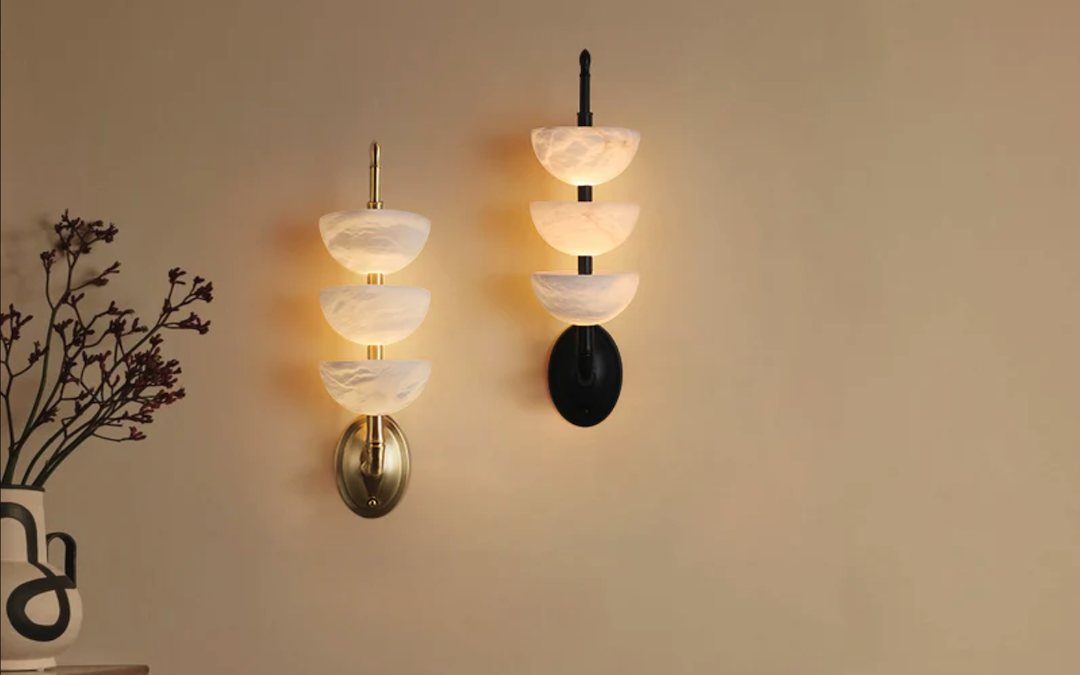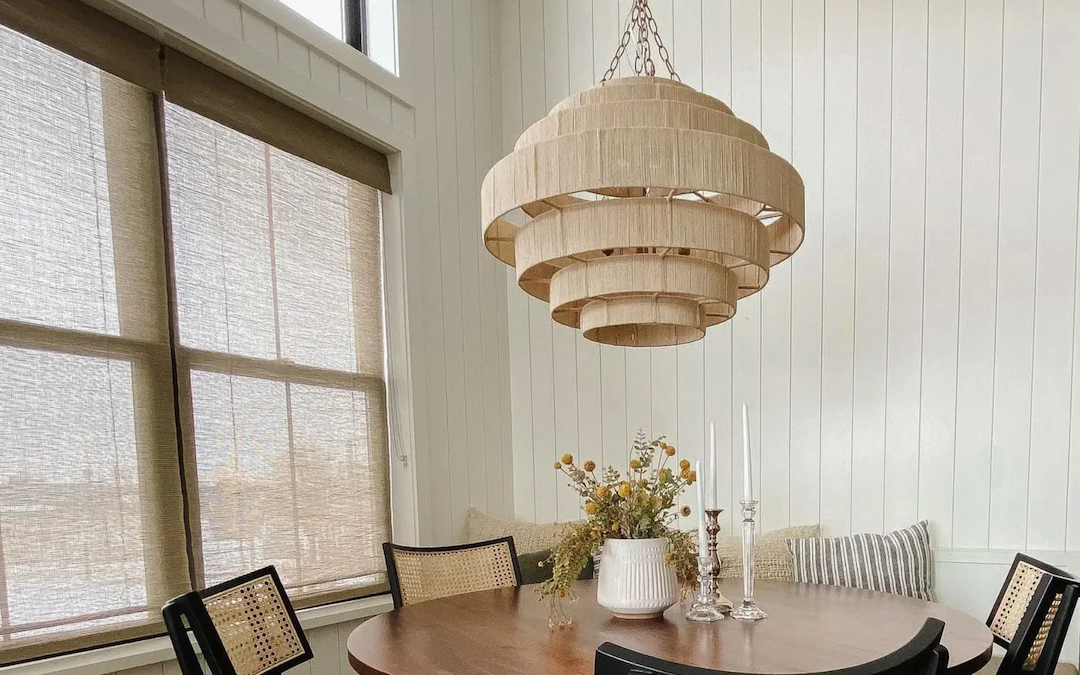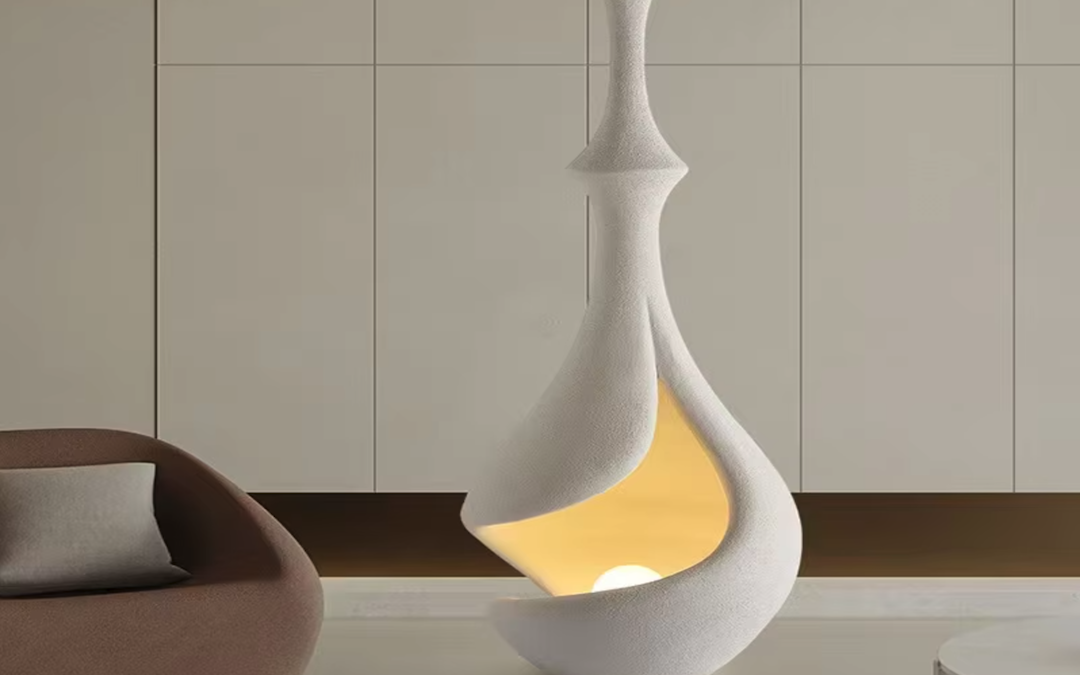Designing Light: The Collaborative Legacy of Arne Jacobsen and Louis Poulsen
Lighting plays a vital role in creating the ambiance of a space, and it is often said that the quality of light can even affect our moods and well-being. For many design enthusiasts and professionals alike, the names Arne Jacobsen and Louis Poulsen represent some of the highest standards of lighting design. The partnership between these two visionaries not only produced iconic pieces, but also inspired generations of designers to prioritize functionality, beauty, and collaboration.
The Life and Work of Arne Jacobsen
Arne Jacobsen (1902-1971) was a Danish architect and designer who is widely recognized as a pioneer of Danish modernism. He studied at the Royal Danish Academy of Fine Arts and later established his own studio, where he created a wide range of designs, including furniture, textiles, and lighting. Some of his landmark projects include the SAS Royal Hotel in Copenhagen and the St. Catherine’s College in Oxford.
Jacobsen was a believer in functionalism—or the idea that design should prioritize a space’s intended use and efficiency—and often sought inspiration from organic forms and architectural elements. He also experimented with materials and manufacturing techniques, such as molded plywood and injection-molded plastics, to create light and durable designs.
The History of Louis Poulsen
Louis Poulsen is a Danish lighting company that was founded in 1874. Over the decades, the company has worked with a variety of designers and architects to produce lighting fixtures that balance form and function. One of its early collaborations was with Poul Henningsen, who designed the iconic PH Lamp in the 1920s. The PH Lamp was a turning point in modern lighting design, as it utilized Henningsen’s “three-shade system” to diffuse light evenly and reduce glare.
Later on, Louis Poulsen collaborated with Arne Jacobsen, who was then working on the SAS Royal Hotel project. Together, they created the AJ Lamp, a sleek and timeless design that showcases Jacobsen’s fascination with the conical form. The AJ Lamp became an instant classic and is still in production today. Jacobsen and Louis Poulsen went on to create other designs, such as the Egg Lamp, which was originally designed for the SAS Royal Hotel’s lobby.
The Principles of Collaborative Design
One of the hallmarks of Arne Jacobsen and Louis Poulsen’s partnership was their dedication to collaborative design. Jacobsen did not see himself as just a designer, but as part of a team that included the manufacturer, the engineer, and the client. He often discussed how the manufacturing process could influence his design and how his design could be refined to meet the client’s needs.
Similarly, Louis Poulsen viewed their collaborations as a way to explore new possibilities and push the boundaries of lighting design. They prioritized functionality and quality, and often spent months testing prototypes and refining details. They believed that a successful design was one that satisfied both form and function, and that this could only be achieved through collaboration.
The Legacy of Arne Jacobsen and Louis Poulsen
Today, Arne Jacobsen and Louis Poulsen’s designs continue to inspire and influence designers and consumers all over the world. Their principles of collaborative design, functionality, and beauty have become a standard in the industry, and their iconic designs have become symbols of modernism.
Louis Poulsen has continued to collaborate with other designers since Jacobsen’s passing, with designers such as Verner Panton, Poul Henningsen, and Oki Sato of Nendo. These collaborations have produced innovative designs such as the PH Septima, which combines Poul Henningsen’s “three-shade system” with modern LED technology.
Arne Jacobsen’s designs, such as the AJ Lamp and the Egg Lamp, have become timeless classics that are still in high demand. They showcase his dedication to functionalism, his fascination with form, and his mastery of materials. His legacy has inspired other designers to similarly prioritize these principles, and his work continues to be celebrated in museums, exhibitions, and homes around the world.
Conclusion
The partnership between Arne Jacobsen and Louis Poulsen was a testament to the power of collaboration, functionality, and beauty in design. Their legacy has influenced countless designers and consumers, and their creations continue to stand the test of time. By prioritizing collaboration and quality, they were able to produce designs that were not only beautiful, but also effective and innovative.
As we continue to explore new technologies and materials, as well as new ways of collaborating and communicating, we can look to this partnership as a model for successful design. By working together, we can create designs that not only meet the needs of our clients, but also inspire us to push the boundaries of what’s possible.



